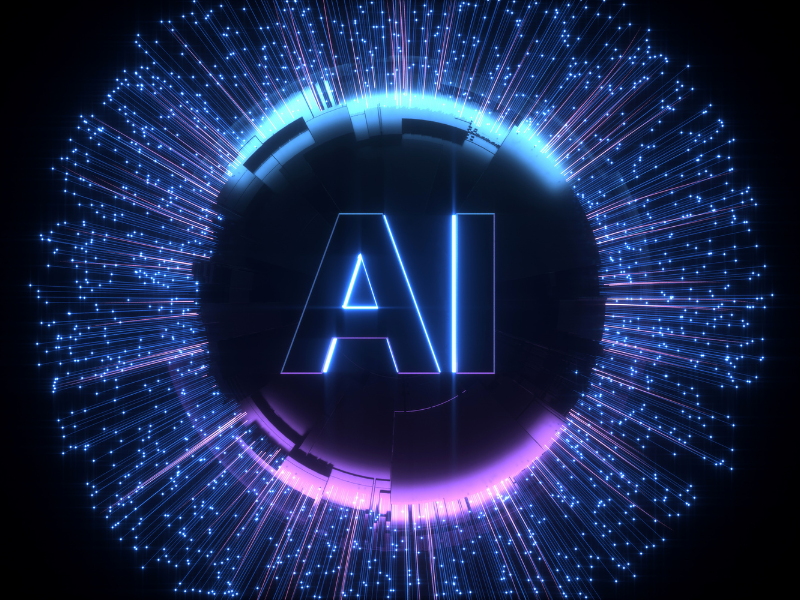
Table of Content
1. Introduction
Artificial Intelligence (AI) is revolutionizing numerous industries, and X-ray imaging is no exception. This article explores how AI algorithms enhance the accuracy and efficiency of X-ray imaging systems, particularly in identifying defects during production. As a leader in X-ray technology, ELT Technology Co., Ltd. is at the forefront of integrating AI to advance X-ray solutions across various industries.
2. The Evolution of X-ray Imaging
X-ray imaging has come a long way since its discovery in the late 19th century. Initially used for medical diagnostics, it has expanded into various fields, including industrial inspection, security, and research. Traditional X-ray systems provided two-dimensional images that required manual interpretation. Today, advancements in technology have enabled three-dimensional (3D) imaging and real-time analysis, significantly enhancing diagnostic capabilities.
3D X-ray Imaging
ELT Technology’s 3D X-RAY-CT systems are prime examples of this advancement. Customized for chip technology SMT package inspection and semiconductor applications, these systems provide detailed 3D images, enabling precise analysis and defect detection.
3. Integration of AI in X-ray Imaging
The integration of AI in X-ray imaging marks a significant leap forward. AI algorithms can analyze vast amounts of data quickly and accurately, identifying patterns and anomalies that may be missed by human inspectors. This not only enhances the accuracy of inspections but also increases efficiency.
Automated Defect Detection
ELT Technology’s FX100 and HT100 X-ray detectors use AI to automate defect detection in electronic components and automotive parts. These systems can automatically determine good and bad products by analyzing real-time images and identifying defects such as pores, cracks, and foreign bodies.
4. AI Algorithms in Defect Detection
AI algorithms play a crucial role in defect detection. They are trained on large datasets to recognize various types of defects. Machine learning and deep learning techniques enable these algorithms to improve over time, becoming more accurate as they process more data.
Deep Learning Techniques
Deep learning, a subset of AI, involves neural networks with many layers that can learn from vast amounts of data. In X-ray imaging, deep learning algorithms can analyze complex images and identify defects with high precision. ELT Technology’s systems utilize these advanced techniques to ensure the highest level of accuracy in defect detection.
Real-time Image Processing
Real-time image processing is essential for efficient production lines. ELT Technology’s HT5000 and MFX100LD systems are designed for high-speed, real-time inspections, ensuring that defects are identified and addressed promptly without slowing down production.
5. Benefits of AI-enhanced X-ray Imaging
AI-enhanced X-ray imaging offers numerous benefits across various industries. These include improved accuracy, increased efficiency, cost savings, and enhanced safety.
Improved Accuracy
AI algorithms can detect defects that are often missed by human inspectors, leading to more accurate inspections. This reduces the risk of defective products reaching the market, enhancing product quality and customer satisfaction.
Increased Efficiency
Automating the defect detection process with AI significantly speeds up inspections. This allows for faster production lines and reduces the time required for quality control.
Cost Savings
By reducing the need for manual inspections and minimizing the risk of defective products, AI-enhanced X-ray imaging can lead to substantial cost savings. ELT Technology’s automated systems, such as the HT1000 and MFX100, demonstrate these benefits by providing efficient, high-quality inspections.
Enhanced Safety
AI algorithms can identify potential safety issues in products, such as structural weaknesses or contamination, ensuring that only safe and reliable products reach the market.
6. Applications in Various Industries
AI-enhanced X-ray imaging has applications in numerous industries, from electronics to automotive to aerospace and beyond.
Electronics Industry
In the electronics industry, AI-enhanced X-ray systems are used to inspect components such as PCBs, BGA packages, and semiconductors. ELT Technology’s HT100L and HT300L systems are specifically designed for these applications, offering high-resolution images and precise defect detection.
Automotive Industry
In the automotive industry, AI-enhanced X-ray systems inspect critical components such as steering wheels and metal castings. ELT Technology’s HT5000C system is used for non-destructive testing of auto parts, ensuring that they meet stringent safety standards.
Aerospace Industry
The aerospace industry relies on AI-enhanced X-ray imaging for inspecting high-value components. ELT Technology’s systems ensure that aerospace parts are free from defects, maintaining the highest standards of safety and reliability.
Medical Industry
In the medical industry, AI-enhanced X-ray systems are utilized for diagnostic imaging, ensuring accurate and timely detection of medical conditions. AI algorithms help radiologists identify abnormalities in X-ray images more efficiently, improving patient outcomes.
Battery Industry
AI-enhanced X-ray systems play a crucial role in the battery industry, particularly for lithium battery inspection. ELT Technology’s MFX100 and MFX100LI systems detect defects in battery electrodes, ensuring the reliability and safety of battery cells.
Die-casting Industry
The die-casting industry benefits from AI-enhanced X-ray imaging by detecting defects in metal castings. ELT Technology’s HT2000D system is designed to inspect a variety of metal products, ensuring high-quality standards and reducing the risk of defective parts.
Security Industry
In the security industry, AI-enhanced X-ray systems are used for baggage and cargo screening. These systems can automatically detect contraband, weapons, and other prohibited items, enhancing security at airports and other high-risk locations.
Manufacturing Industry
In general manufacturing, AI-enhanced X-ray imaging systems are used to inspect various components and assemblies. These systems ensure that products meet quality standards and help in identifying defects early in the production process.
7. Case Study: ELT Technology’s Innovations
ELT Technology Co., Ltd. has been a pioneer in integrating AI with X-ray imaging systems. With over 22 years of experience, ELT Technology has developed a range of advanced X-ray inspection systems that leverage AI to enhance accuracy and efficiency.
Innovative Solutions
ELT Technology’s innovative solutions, such as the MFX600LP and HT2000D, showcase the company’s commitment to advancing X-ray imaging technology. These systems incorporate AI algorithms for automated defect detection, real-time image processing, and comprehensive data analysis.
Comprehensive Support
ELT Technology provides comprehensive support, including installation, training, and maintenance services. Their experienced R&D teams and service personnel ensure that customers receive the highest level of technical support and assistance.
8. Conclusion and Call to Action
In conclusion, the integration of AI in X-ray imaging has revolutionized defect detection, offering improved accuracy, increased efficiency, cost savings, and enhanced safety. ELT Technology Co., Ltd. is at the forefront of this innovation, providing advanced X-ray inspection systems that leverage AI to meet the needs of various industries.
Take the Next Step with ELT Technology
Experience the benefits of AI-enhanced X-ray imaging with ELT Technology’s state-of-the-art systems. Contact us today to learn more about our products and services, and see how we can help you achieve the highest standards of quality and efficiency in your production processes.



